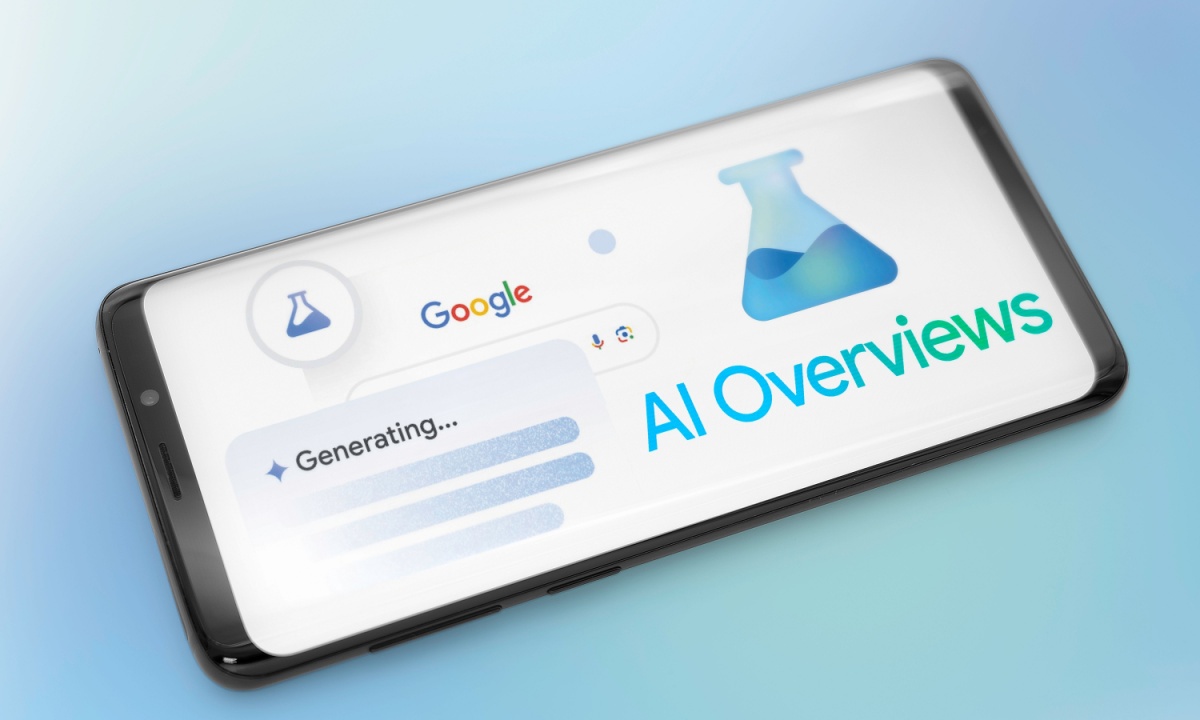The Inflation Reduction Act of 2022, or IRA, is the most ambitious climate legislation in U.S. history and aims to make electric vehicles a little more attainable — or at least that’s the hope in the long run.
The bill, signed into law by President Biden on Aug. 16, has allocated over $369 million dollars for climate action, with a portion of the budget dedicated to enhancing tax credits for electric vehicle purchases.
These expansions have the potential to save Americans who claim the credit up to $950 per year, according to the White House. But understanding these new changes can also be fairly daunting — new manufacturing guidelines, income thresholds and pricing caps abound.
Here’s what you need to know about the federal tax incentives for electric vehicles and a summary of changes to the credit courtesy of the IRA.
What is the electric vehicle tax credit?
The electric vehicle tax credit, or the EV credit, is a nonrefundable tax credit the IRS offers taxpayers who purchase qualifying plug-in electric or “clean” vehicles. For tax years 2021 and 2022, the credit ranges from $2,500 to $7,500, and eligibility depends on the vehicle’s weight, how many cars the manufacturer has sold and whether you own the car.
The IRA made several changes to the credit that will, for the most part, begin taking effect in 2023 and last until 2032. Among them are new manufacturing requirements, income thresholds and expanded car type eligibility. The new credit will allow for a maximum of $7,500 for new EVs, and up to $4,000, limited to 30% of the sale price, for used EVs.
🤓Nerdy Tip
The Inflation Reduction Act officially renamed the credit the “clean vehicle credit.”
How does the EV credit work in 2022?
For the most part, the IRA changes to the tax credit won’t go into effect until January 2023. So, if you’re thinking about leaving the dealership with an EV this year, most of the old rules still apply. Here’s a recap of how the credit currently works:
-
The credit is worth $2,500 to $7,500, depending on the car’s battery capacity.
-
Credits are reduced and eventually phase out after a manufacturer sells 200,000 qualifying vehicles. This makes EVs from Tesla and GM ineligible.
-
You must own the car. Used or leased cars don’t qualify.
-
The car must weigh less than 14,000 pounds.
-
The credit is nonrefundable; it can lower your tax bill to zero, but it won’t result in a refund.
One thing to look out for
One important exception is the “final assembly” requirement ushered in by the IRA. Clean vehicles that were purchased Aug. 16, 2022, or later must have had their final assembly in North America to meet the eligibility criteria.
To see a list of cars that likely qualify through the end of 2022 and into early 2023, you can reference this list of electric vehicles compiled by the U.S. Department of Energy.
And, importantly, if you already entered into what the IRS calls a “binding written contract” to purchase an EV before Aug. 16 and expect the car to be delivered at a later date, you’re likely able to claim the credit without meeting this new final assembly requirement. Still, it’s a good idea to check with the dealership and a tax pro to make sure.
Claiming the credit
To claim the credit, taxpayers can file Form 8936 when they file their federal income taxes.
Changes to the EV tax credit: 2023 through 2032
Enhanced credit
The most significant change to the EV tax credit is its extension. The credit was revived for another nine-year period, allowing taxpayers with eligible cars to take advantage of it from 2023 to 2032. Taxpayers can only claim the credit for one vehicle per year.
New assembly requirements
The new credit, worth up to $7,500, is made up of two requirements, each adding up to half of the credit.
Battery requirement: To be eligible for the battery portion of the credit (up to $3,750), a certain percentage of the vehicle’s battery must be assembled or manufactured within North America. The percentage thresholds will be as follows:
Critical minerals requirement: Cars must now also meet a “critical minerals requirement” to receive the remaining $3,750 portion of the credit. This requirement stipulates that a certain percentage of critical minerals in the car’s battery must be extracted or processed within the U.S. or within a country with whom the U.S. has a free-trade agreement. The percentage thresholds will be as follows:
Beginning in 2024, vehicles may also not source battery parts from a foreign country of concern (e.g., China). And starting in 2025, EVs cannot contain any critical minerals sourced from a foreign country of concern.
Lifted manufacturing cap
The IRA also made several adjustments to manufacturing limits that previously hampered eligibility for the credit if you bought a car from a manufacturer, such as Tesla, that had sold more than 200,000 qualifying vehicles. Beginning in 2023, manufacturing caps will be lifted, which will allow more EVs to qualify than in previous years.
Used cars now eligible
One of the most contentious issues with the older version of the EV tax credit was its exclusion of used cars. The IRA remedies this. Beginning in 2023, qualifying used EV purchases can fetch taxpayers a credit of up to $4,000, limited to 30% of the car’s purchase price.
Some other qualifications:
-
Used car must be plug-in electric or fuel cell.
-
Only qualifies for the first transfer of a vehicle.
-
Purchase price of car must be $25,000 or less.
-
Car model must be at least 2 years old.
-
Credit can only be claimed once every three years.
Price cap
The IRA also institutes price caps for eligible vehicles. Beginning in 2023, vans, SUVs and pickup trucks must have an MSRP, or manufacturer’s suggested retail price, of $80,000 and under to qualify. Other vehicles, such as sedans and passenger cars, are capped at $55,000. For used vehicles, the price cap drops to $25,000.
Income eligibility cap
Along with price caps on cars, the new credit also sets limits on the modified adjusted gross income that taxpayers can make in order to qualify.
|
Modified adjusted gross income |
|
|---|---|
|
Married, filing separately |
|
Modified adjusted gross income |
|
|---|---|
|
Married, filing separately |
If your income precludes you from qualifying, there are several tax strategies you can consider to lower your income throughout the year, such as maxing out your 401(k) or contributing to an HSA or FSA.
Credit flexibility
The EV tax credit currently works like most other tax credits — you can’t claim it until you file your tax return. And it’s also nonrefundable, meaning that it most benefits those who anticipate having a tax bill.
Beginning in 2024, though, taxpayers will have the option to transfer the credit to the dealer at the time of purchase to directly lower the price of the vehicle by the corresponding credit amount — this is huge news for folks who may want to invest in an EV but have been dissuaded by high sticker prices.
EV rebates and incentives
With all the focus on credits, it’s important to know about additional incentives on the state and local levels. California’s Clean Air Vehicle program, for example, grants carpool lane access to select electric vehicles. And New Yorkers might be eligible for a state-level rebate of up to $2,000 on top of the federal tax credit.
Make sure you’re aware of any restrictions that come with applying for multiple incentives, though. Some states may not allow you to “double-dip” or claim a state-level rebate on top of a federal one.
A final note
The clean vehicle credit expansion is exciting news for taxpayers looking to go green, but it still remains fairly complicated and nuanced. If you’re confused about your eligibility or want guidance for your personal situation, consider consulting a qualified tax professional, such as an attorney, a CPA, or a tax advisor before you sign on the dotted line.







































